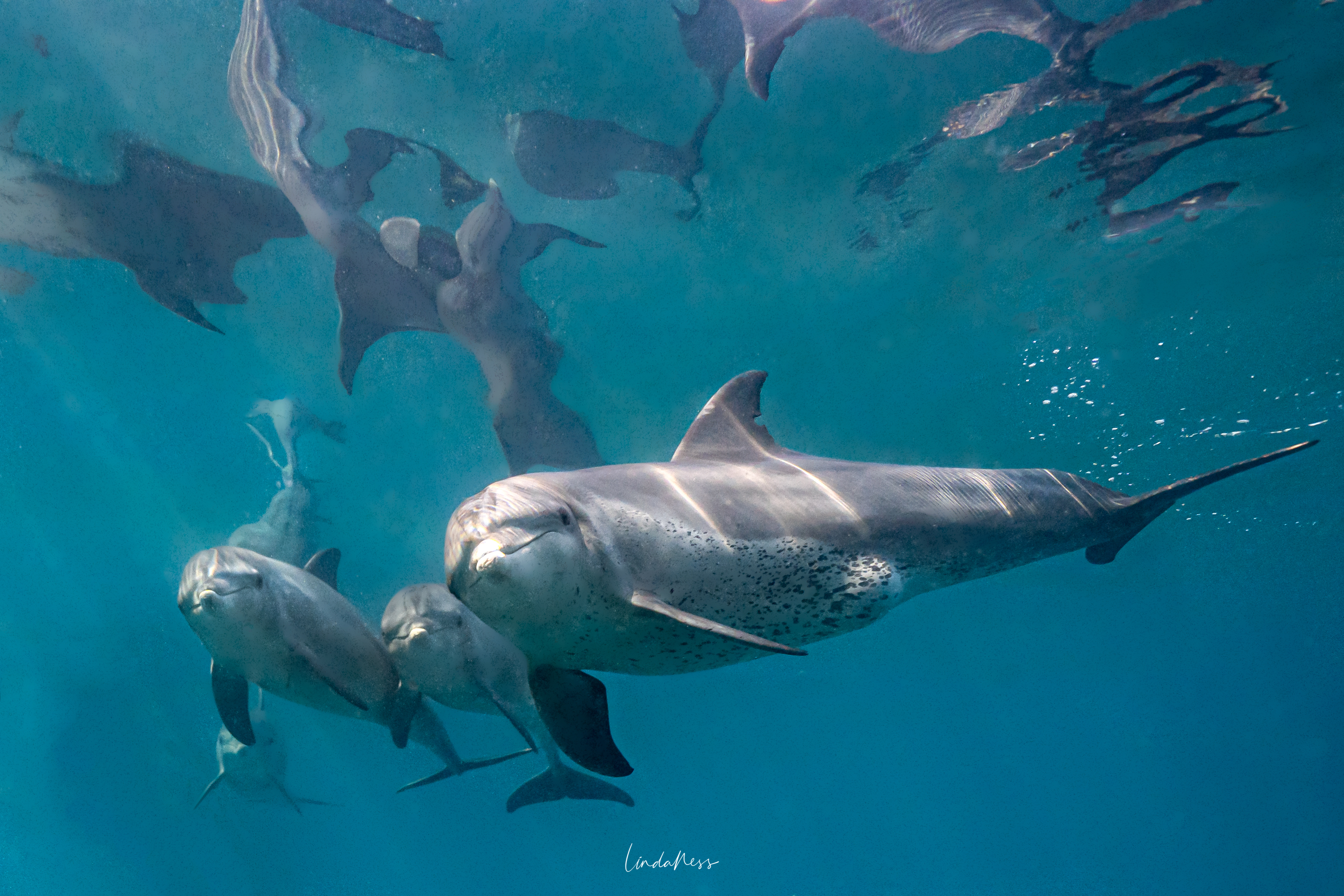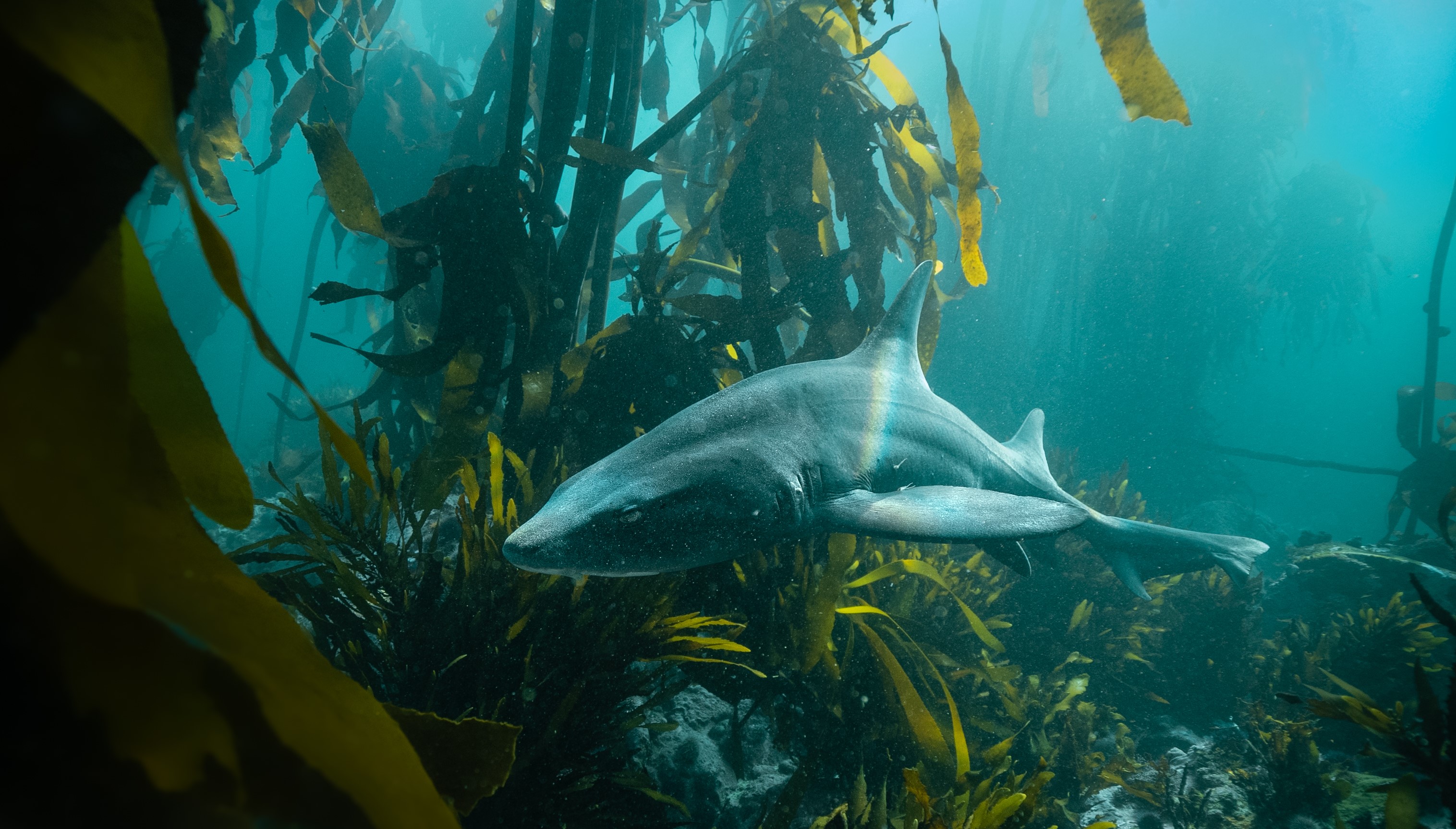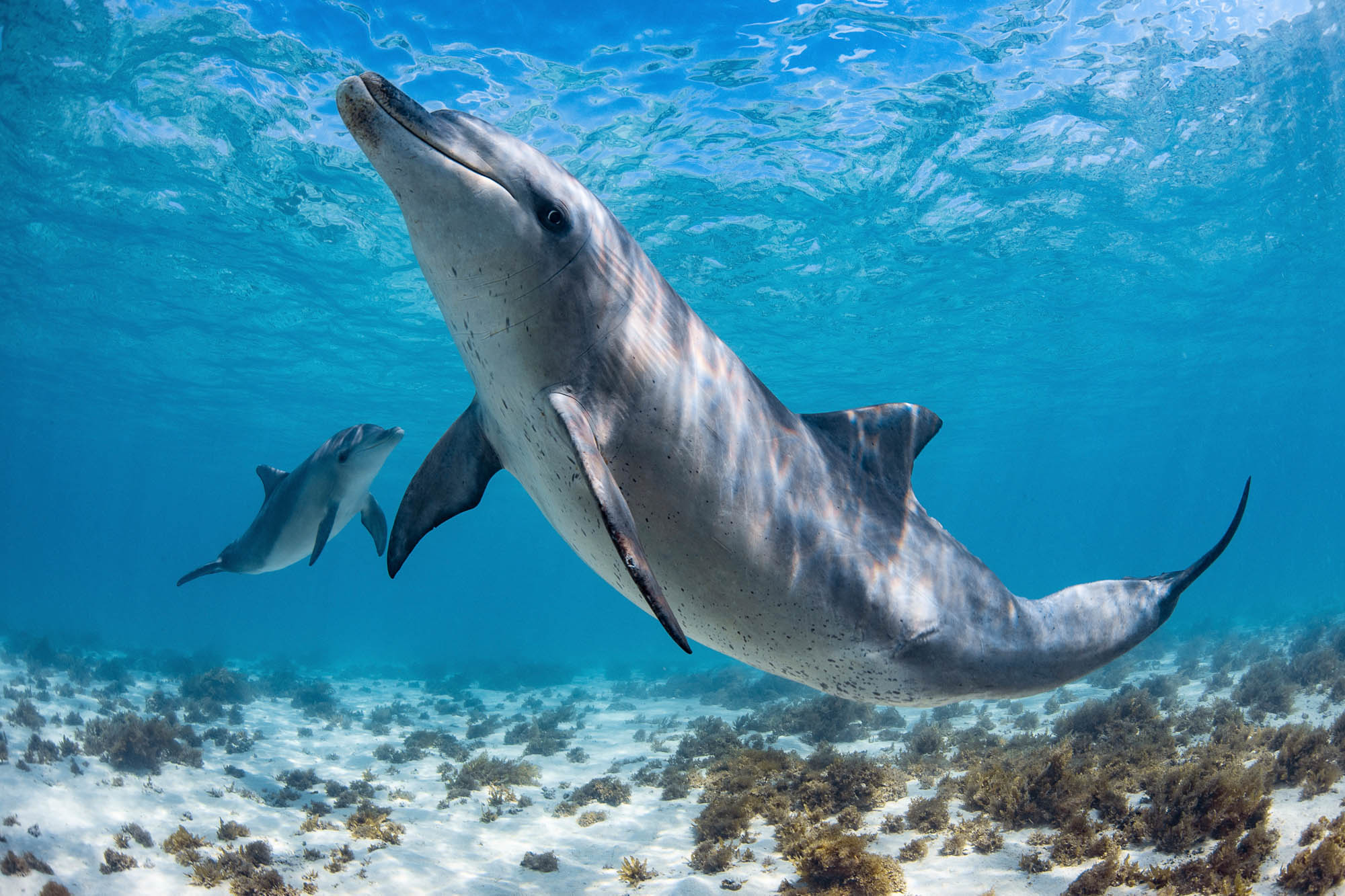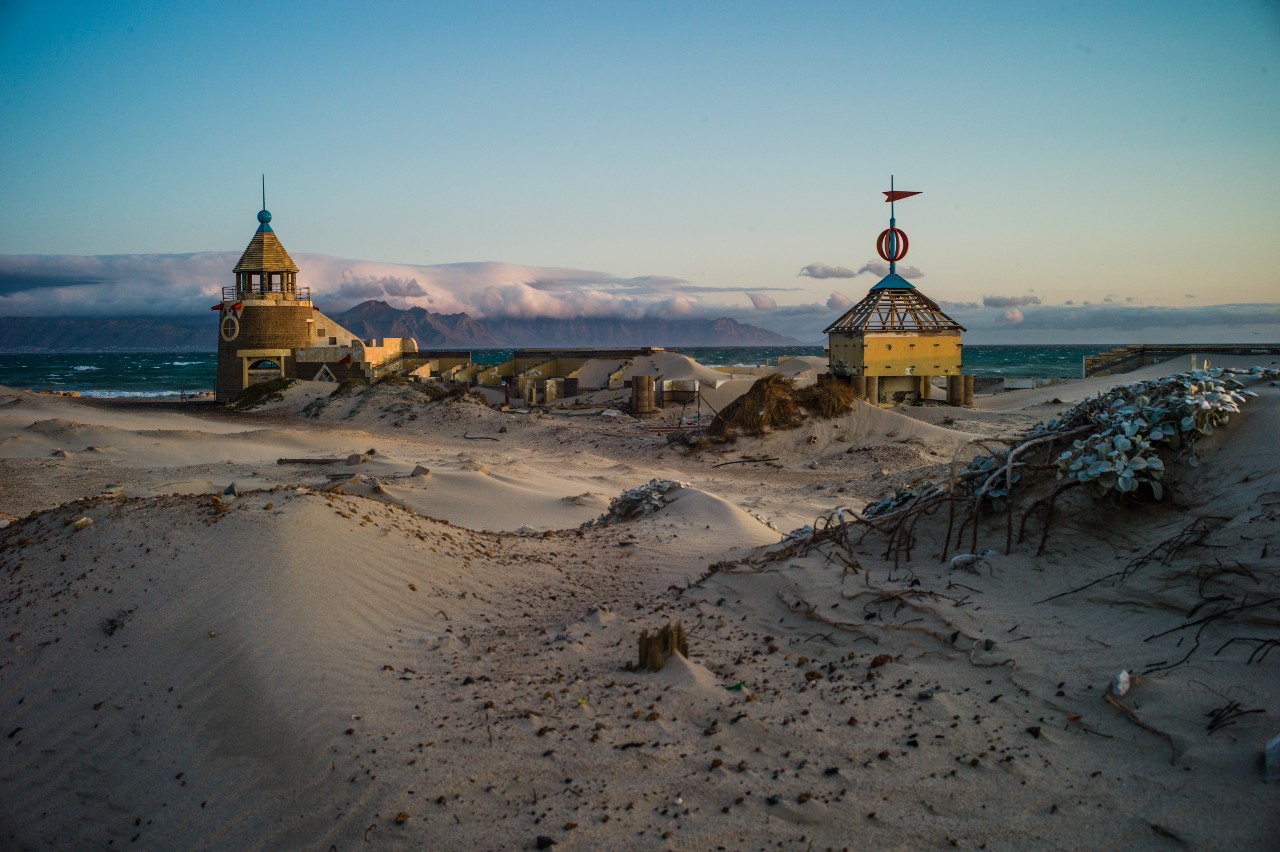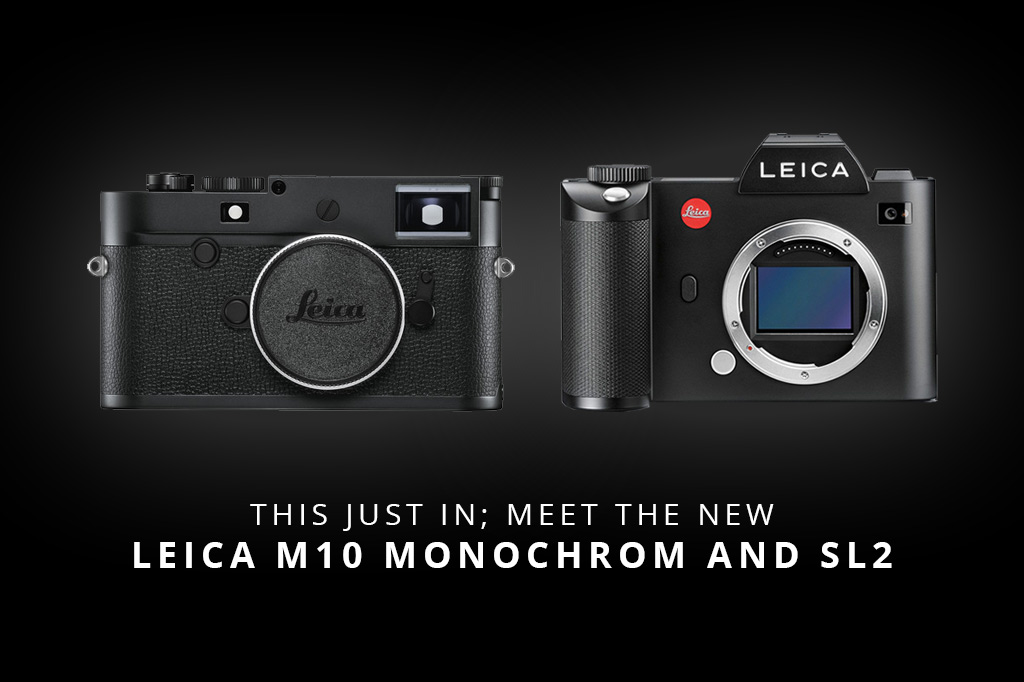Linda Ness, named South African Photographer of the Year and acclaimed for her breathtaking underwater photography, brings an unparalleled artistic vision to her work. Her striking images capture the vibrant ecosystems beneath the ocean’s surface, offering viewers an intimate and awe-inspiring glimpse into the mysteries of the deep. Through her lens, she not only documents the intricate beauty of marine life but also raises awareness about the fragile state of these underwater habitats.
Please tell us a little bit about yourself.
I’m a structural engineer by profession. But I have travelled around to all sorts of wonderful places in the world with a camera in my hand, and I love making images. I am a Director of NJV Consulting, and I live in Durban with my partner Glen. We have a really busy life between work, overland trips, lots of time out to sea, and a delightful family.
What initially drew you to underwater photography, and how did you get started in this field?
I have been drawn to water my whole life. My father had us snorkeling over coral reefs almost before we could walk. So taking images in the water was a natural progression. Before the sea, I spent many years kayaking the world’s rivers, when waterproof cameras were just really in infancy. It’s wonderful to have been around for the incredible advancements of photographic equipment.
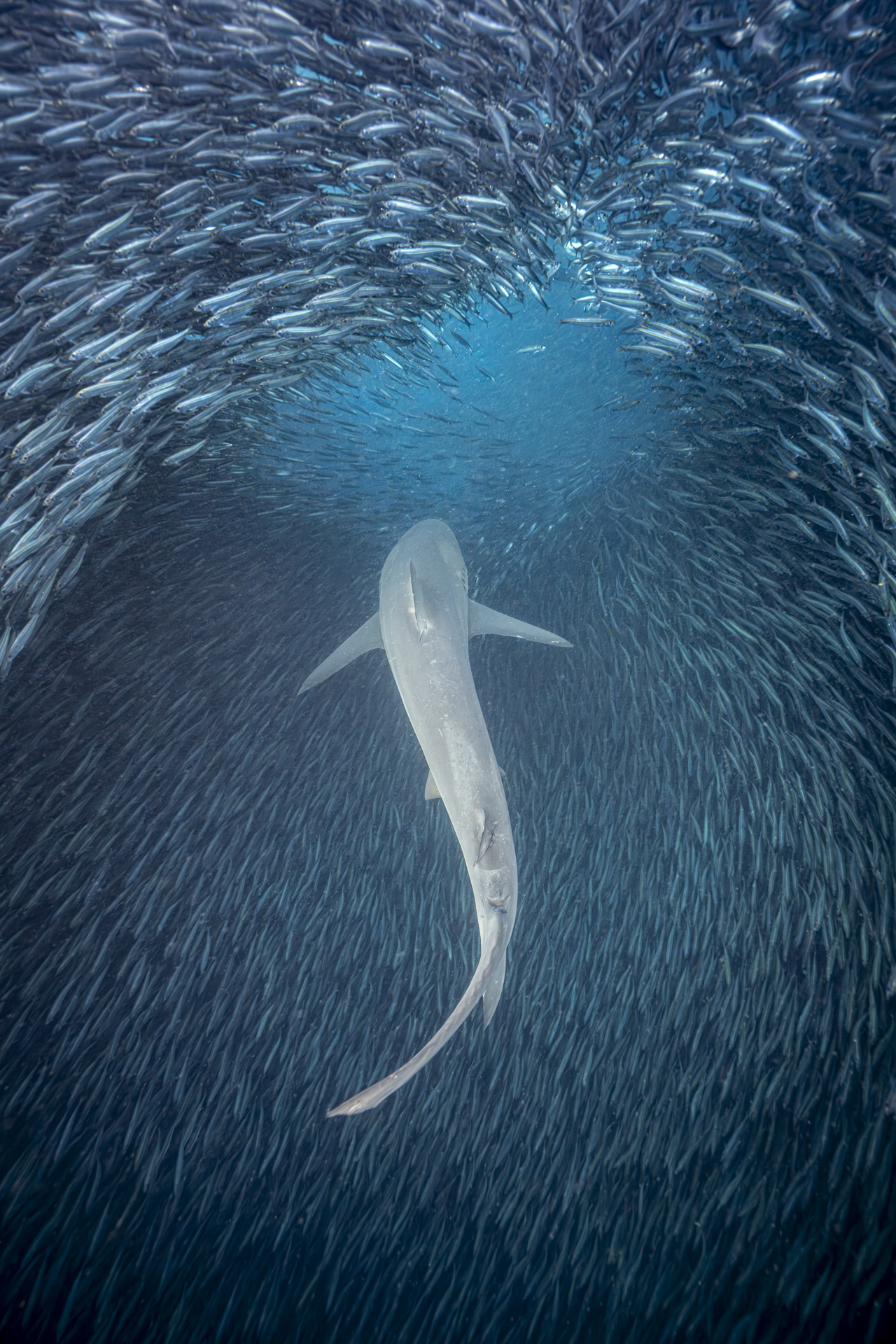
Can you describe some of the unique challenges and rewards of working as an underwater photographer?
The rewards are often indescribable. The endless waiting around for Nature to lift the curtain just a little bit, and then everything also being just right at the same time (including your own self spinning around in the water), so when it happens emotions run high. I distinctly remember being dropped in gin clear water in the Tonga archipelago in front of a humpback whale heat run, I dived down to around 10 metres – having 8 heaving behemoths coming toward me, around me, and past me was so powerful when I eventually came up for air I burst into tears.
What motivated you to enter the South African Photographer of The Year Awards?
My family has been gently pestering me for some time to enter a competition, so I did.
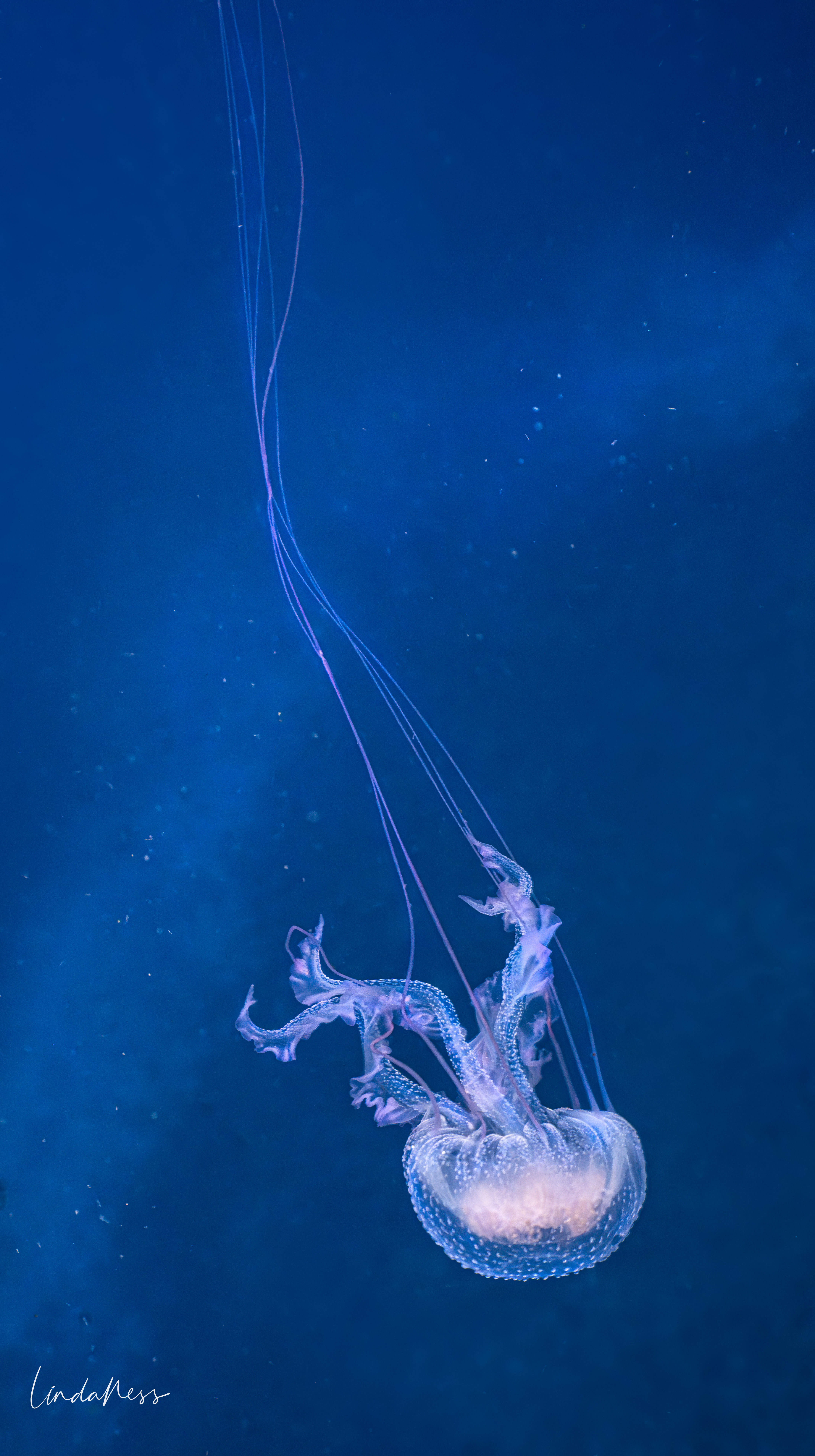
How does it feel to be named the 2023 South African Photographer of The Year?
Blown away, very humbling to be picked out amongst such a prestigious lineup. I’m delighted and especially happy it was a shark!
What equipment do you typically use for underwater photography, and how does it differ from traditional photography gear?
Below the surface, I use a mirrorless camera and wide-angle lenses inside a watertight housing with optically corrected dome ports. For top surface (surf photography) I use a 50mm lens mostly, with a flat port. The housings however are key, they must allow you to use your chosen machine freely and reliably. Aquatech on the surface and Nauticam below, are my go-to for housings.
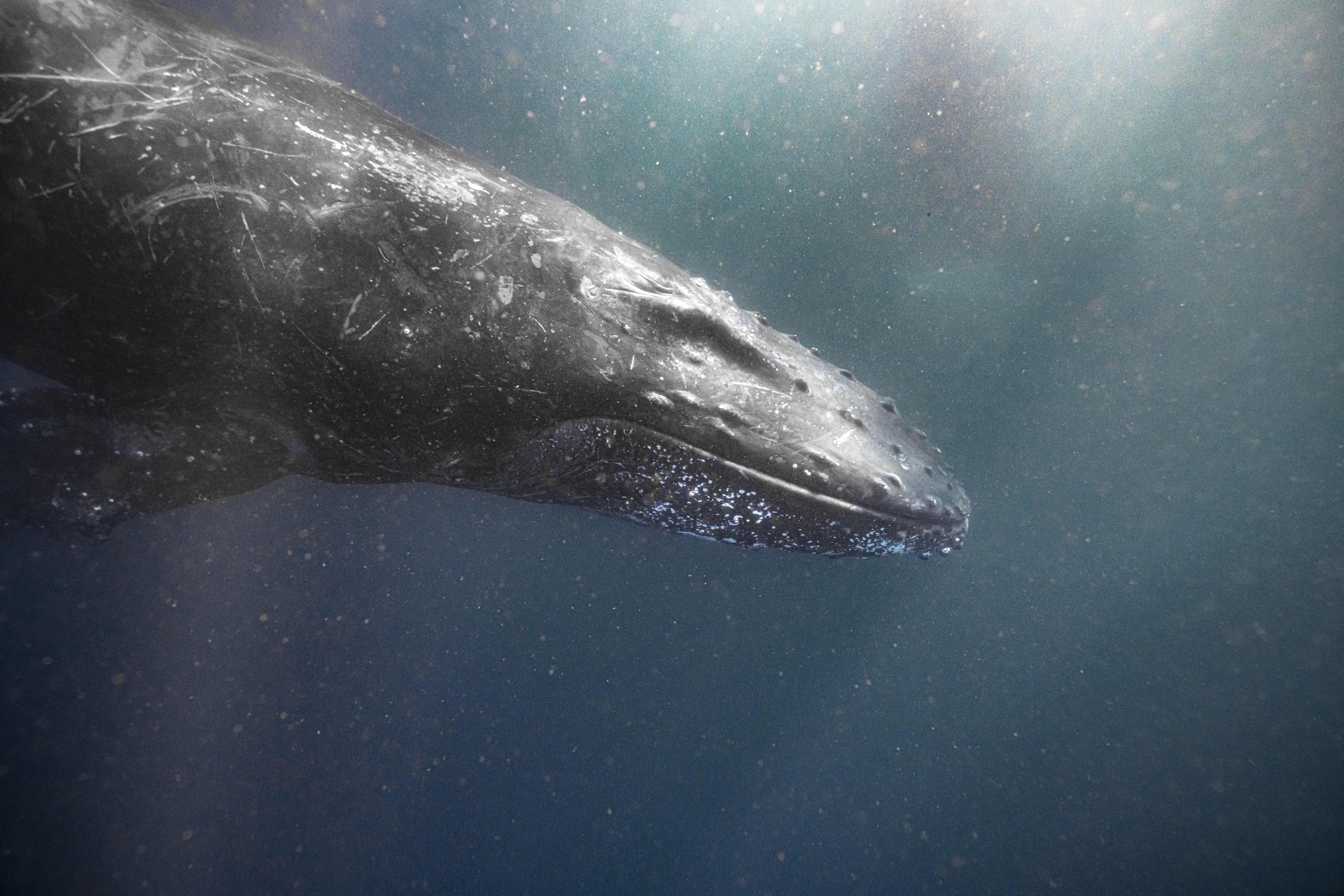
How do you approach composing shots underwater, considering factors like buoyancy, light, and subject movement?
So humans are not the best at this, we wear floaty wetsuits to keep temperature regulated, so then we have weight belts to get back down. Our feet and hands are not amazing for propulsion so we wear giant fins, our eyes cannot adapt to the change in the light refraction in water so we must wear a mask of air in front of them. I could go on – but you get it right? We are like sputniks underwater, plus we can’t breathe in water. And yes I’m talking about even the best human – no match at all for a sea creature.
It’s a very challenging situation, and I absolutely love it, as do the other underwater photogs. It has a flow and ebb, a trial and error, anticipating the animal, where is the light, I need to breathe, the beauty and the silence. Can’t get enough of it!
Could you share a memorable or challenging experience you’ve had while shooting underwater?
One comes to mind on a sardine bait ball off the Transkei coast. I was in the water for over two hours photographing a large group of common dolphins on the prey. It was a frenetic scene, and only after an hour or so of watching did I start to realise the pattern of the hunt, the way the group leaders would rotate between herding from the back, from below and attacking from the front. They would gather together and blow a curtain of bubbles before diving into the ball to feed – this stopped the sardines from escaping behind them. I started to recognise the characters by their markings. A couple would make eye contact with me as they came around again and again. My images towards the end were way better than at the start, as I learned how to anticipate the action, the light, and the commotion. It was a real pivot point for my work underwater.
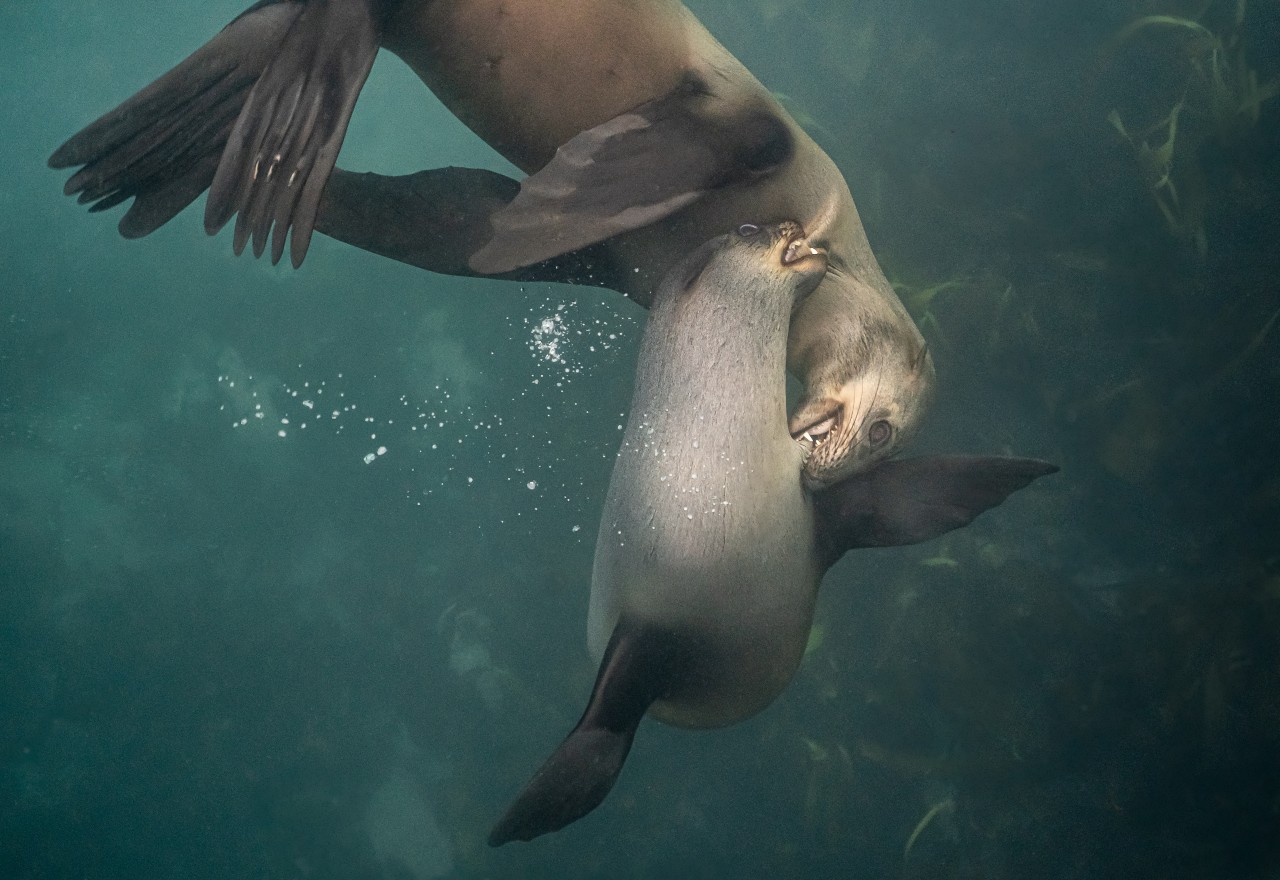
How do you navigate environmental factors like currents, visibility, and temperature while shooting underwater?
You need to be aware of the environment, particularly around the apex creatures. There are circumstances in which you would not venture and it’s important to realise that. I keep as fit as I can for water work and have spent many years training with the Hurricane Squad, a group of people who train specifically for hypoxic breathe-hold. I also spend as much time as I can in the surf off Umhlanga, where I live, where even though it can get pretty big, I am familiar with the currents and conditions of the area
Finally, what advice would you give aspiring underwater photographers just starting in this field?
Love the process, love the feel of your camera in hand, love the anticipation, learn the water skills, find teachers that resound with you, and mostly showcase your work and delight in it, always!

